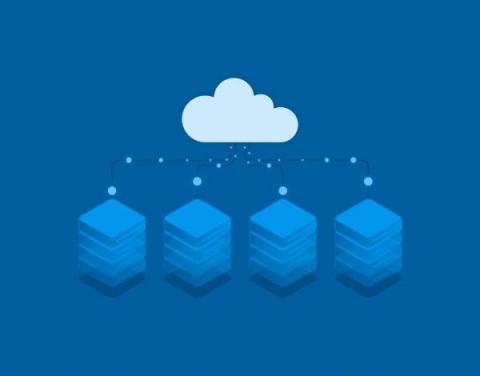Cloud Cost Takes Centerstage: How Airbnb, Netflix, And Twitter Plan To Optimize
Amid the first bear market in over a decade, the world’s largest companies are facing intense pressure to cut back. Layoffs have made headlines, but cutting workforce is not a silver-bullet solution to surviving in a down market. True, companies tend to spend the most on personnel, but using layoffs as a first line of recession defense has myriad negative consequences for survivors, including reduced job satisfaction, reduced organizational commitment, and declining job performance.











